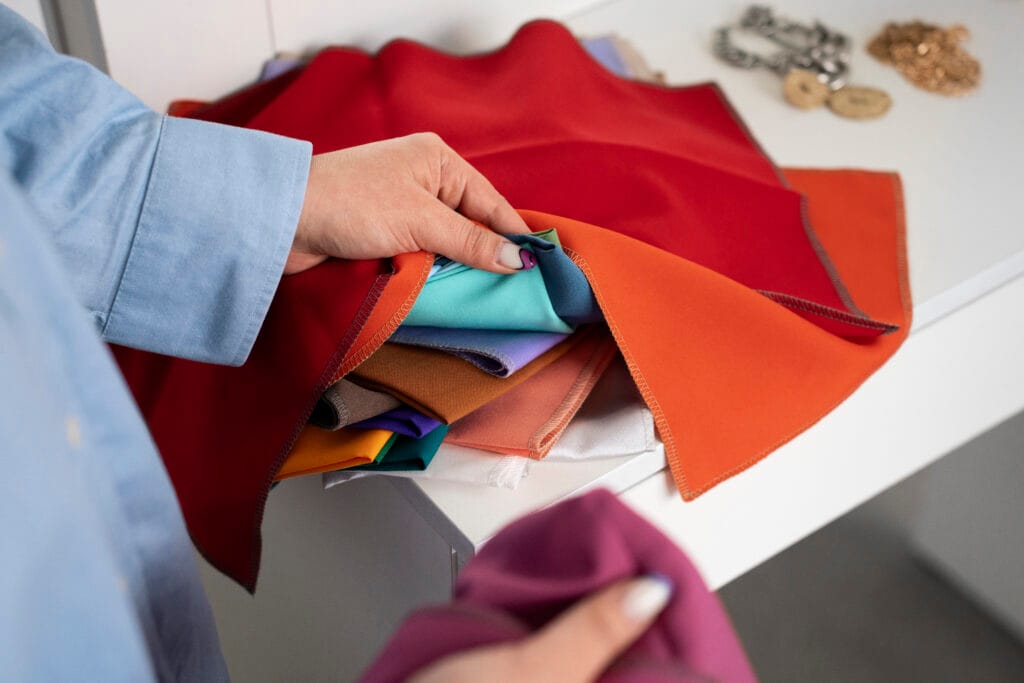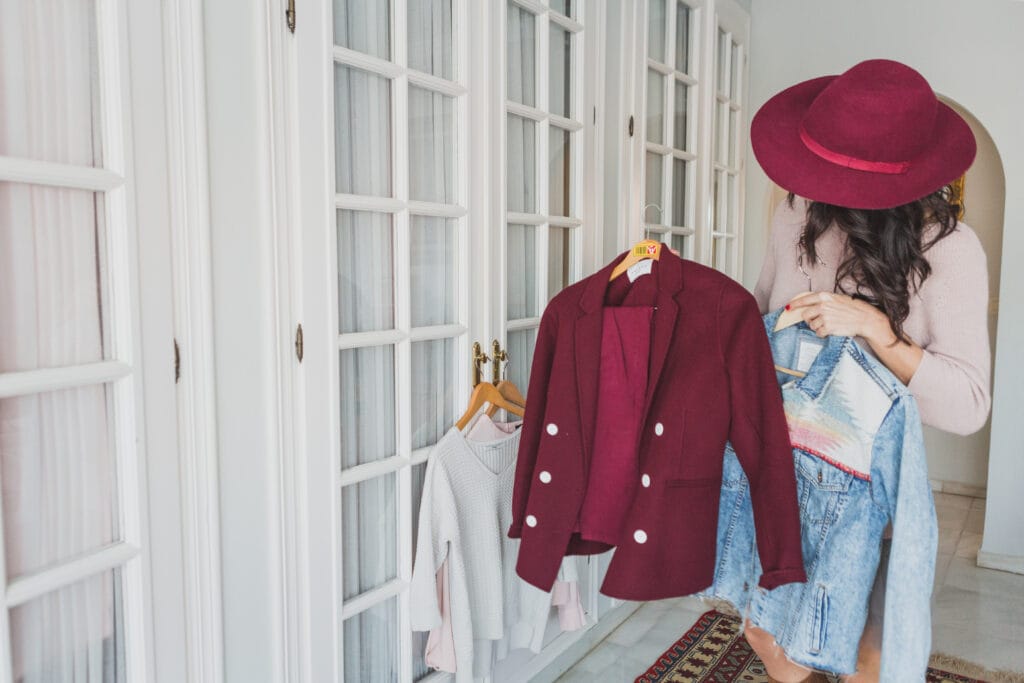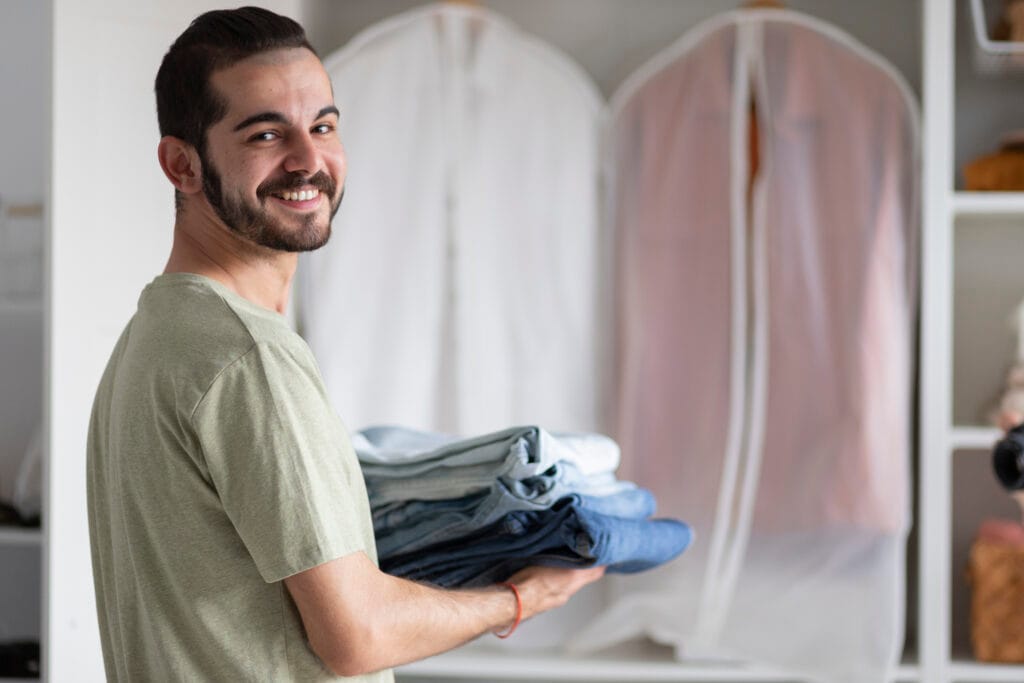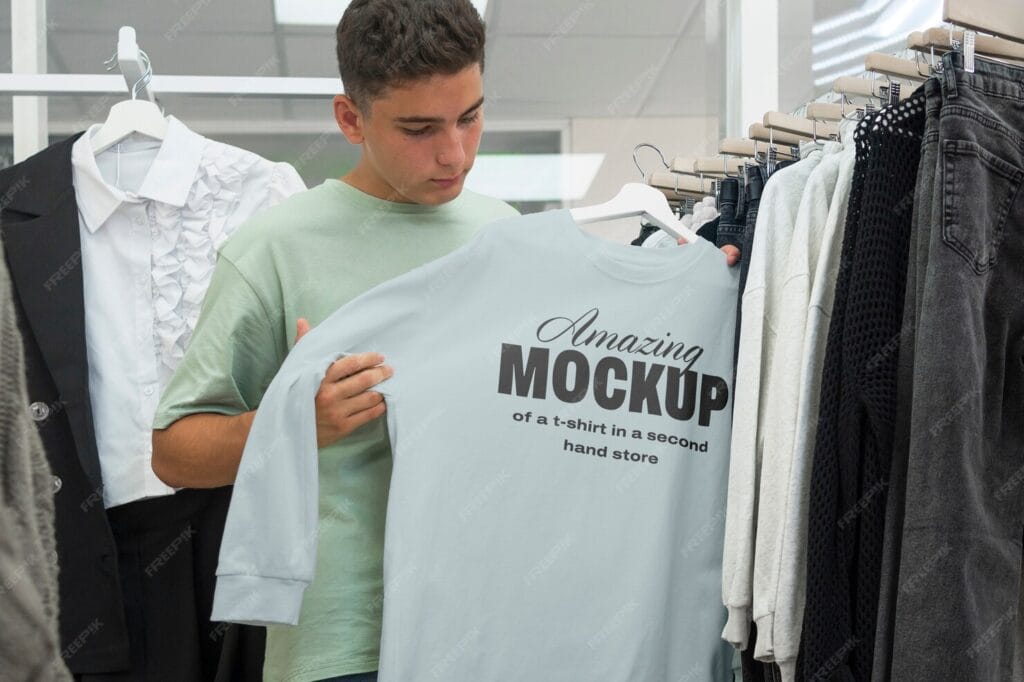Every parent knows the scene : it’s the night before school, your child tries on their uniform, and you suddenly realize the sleeves are too long, the pants are dragging on the floor, or the waistband is a little too tight. Kids grow fast—sometimes between semesters, even between weekends—and keeping them looking neat, comfortable, and confident in their school clothes can feel like its own full-time job.
That’s where uniforms, school outfits, and professional kids’ alterations come in. With the right approach and a little planning, you can save yourself stress, stretch your budget, and help your child feel good in what they wear every day.
This guide walks you through everything parents should know: choosing the right school clothing, handling the challenges of growth spurts, and when and why professional alterations are the secret weapon many families rely on.

Why School Uniforms Matter
At first glance, uniforms are just clothing. But for many parents and schools, they serve a bigger purpose.
- They create equality : Uniforms help reduce visible differences between students, which often limits the distractions and social pressures associated with fashion trends.
- They make mornings easier : Parents no longer have to negotiate outfits every day, which saves time and sanity before school.
- They build belonging : Wearing the same clothing as classmates can give children a sense of community and pride in their school.
Still, the benefits only hold up if the clothes fit well. A uniform that’s too tight or too baggy can leave kids feeling uncomfortable, self-conscious, or even distracted in class. That’s why alterations are more than just a style choice—they’re often essential for functionality.
The Growth Spurt Challenge
Children don’t grow in tidy, predictable timelines. A blazer that fit perfectly in May might be unwearable by September. Pants bought “with room to grow” can end up tripping hazards if not adjusted properly.
Here’s what most parents encounter :
- Sudden changes : One month the hems are perfect, the next month they need three inches taken out.
- In-between stages : Sizes don’t always match your child’s proportions, leaving sleeves too short but waistbands too big.
- Multiple kids, multiple needs : If you’re outfitting more than one child, you might feel like you’re running your own clothing department store.
In other words, school outfits don’t just need to be stylish or uniform—they need to evolve right along with your child. That’s where professional tailoring saves time, money, and sanity.
Buying School Clothes Smartly
Before we talk alterations, let’s look at how to make smarter choices when buying uniforms or school outfits. Think of it as setting the foundation for easier, longer-lasting wear.

Choose durable fabrics
Kids play hard, and clothes need to keep up. Look for cotton blends, stain-resistant finishes, and reinforced stitching.

Think neutral basics
Items like plain trousers, skirts, and classic polo shirts never go out of style and mix easily with school dress codes.

Prioritize comfort
Scratchy collars or stiff fabrics may seem fine in the store, but by day three, your child will complain—and rightly so.

Buy slightly bigger
A little room to grow is better than a snug fit—slightly big is easier to fix than already too small.
When Alterations Make the Difference
Buying bigger sizes with the hope of growing into them is smart, but adjustments along the way are often necessary. Professional alterations give parents more control, turning off-the-rack sizes into custom fits for real children.
Here are the most common fixes parents request:
- Pant hems taken up or let out so your child isn’t tripping, but you can still release fabric later as they grow taller.
- Waist adjustments for those strange in-between months when the child has outgrown one size but hasn’t filled out the next.
- Sleeve shortening or lengthening so jackets, blazers, and sweaters look polished instead of oversized.
- Repairing rips or reinforcing seams—because playgrounds, sports, and cafeteria trays sometimes win battles against fabric.
With alterations, you’re not just fixing clothing—you’re extending its life. Instead of buying new pieces every time your child has a growth spurt, you’re adapting the existing wardrobe to keep pace.
The “3-Point Fit Check” Every Parent Should Do Each Month
Kids grow quickly — sometimes so fast that parents don’t notice until a sleeve is suddenly too short or the button won’t close. Instead of waiting for last-minute surprises, use this simple monthly routine to keep school uniforms fitting comfortably and looking sharp.
1. The Sleeve & Shoulder Test
Ask your child to stretch their arms forward and upward. Check for:
Sleeves riding up more than 2–3 cm
Shoulder seams sliding off or sitting too tight
Jackets pulling across the back
If any of these happen, it’s time for a quick sleeve adjustment or shoulder reshaping.
2. The Waist & Hip Comfort Check
Have your child sit, stand, and bend. Notice whether:
The waistband feels tight or leaves marks
Trousers slide down when walking
Skirts twist or ride up
Kids often grow in the torso before height, so waist adjustments are one of the most common (and easiest) fixes.
3. The Length & Safety Check
This part is essential — especially for younger children.
Look for:
Pant hems touching the floor
Skirt lengths becoming too short after growth spurts
Shorts that have become noticeably tight
Proper length is not just about appearance; it prevents tripping, slipping, and daily discomfort.
Real-Life Analogy: Shoes vs. Clothes
Think about kids’ shoes. You can’t make a pair of shoes bigger once they’re too small. But school clothes? They have wiggle room. With the right adjustments, a skirt or shirt can last an entire school year—even into the next—without looking sloppy. Alterations are like giving the clothes themselves extra mileage, protecting your investment.

Cost-Effectiveness of Alterations
Parents often ask, “Is it cheaper to just buy new clothes?” The short answer: usually no.
- One new blazer might run anywhere from $40–$100.
- A quick alteration to sleeves or a hem costs a fraction of that.
- Alterations typically double the usable life of school clothing, reducing replacement costs throughout the year.
For families with multiple children, the savings multiply further. Hand-me-downs become more realistic when clothes can be re-fitted for the next child.
The Confidence Factor
Beyond money and convenience, there’s an emotional benefit. A properly fitted uniform helps children feel more confident. Clothes that fit neatly signal preparedness, responsibility, and personal care—even for young students.
Imagine a child trying to concentrate during class while tugging at too-long sleeves or tripping on dragging pant legs. Once their outfit is corrected, the distraction disappears, and they can focus on learning. That’s why alterations aren’t just for appearances—they can directly impact performance and comfort at school.

Practical Tips for Parents
Here are some simple steps to make outfitting your child smoother:
- Schedule a fitting day. Have your child try on their full uniform a few weeks before school starts to allow time for alterations.
- Check growth mid-year. A quick mid-year check-in prevents last-minute scrambles in winter or spring.
- Label everything. School clothes often look the same. Adding name tags or initials reduces the risk of costly mix-ups.
- Rotate pieces. Having two or three versions of essentials ensures less wear and tear on any single item.
- Get to know a trusted tailoring service. Once you’ve found professionals who understand kids’ alterations, the process becomes quick, affordable, and reliable.
Partnering with Professional Alterations Services
Many parents hesitate to use tailoring for kids’ clothing, assuming it’s only for adults’ suits or dresses. Not true! In reality, kids benefit just as much—sometimes more—because their bodies change so quickly.
Working with a professional service like The D’Alter gives you peace of mind:
- Specialists understand children’s clothing construction and school uniform styles.
- Quick turnaround means your child won’t miss a week of wear.
- Quality finishing ensures uniforms remain durable after multiple washes.
Think of it like having a trusted mechanic for your car: once you have one, everything runs more smoothly.
Kids’ Uniforms & Alterations — Myth-Busters
Three common concerns parents bring to the tailor — explained in plain language.
“It’s too expensive.”
The common worry: tailoring costs more than replacing.
Reality: Tailoring usually saves money in the long run. A simple fix costs less than buying new uniforms and extends garment life.
“It takes too long.”
Parents fear long waits or missed deadlines.
Reality: Most school adjustments are quick — often just a few days. Many shops (including ours) offer same-day or express services.
“Kids will just grow out of it anyway.”
So why alter if they’ll outgrow clothes?
Reality: Smart tailoring (extra seam allowance, adjustable waistbands) lets one outfit grow with your child, giving it a longer useful life.
The Parent’s Balancing Act
Parents juggle a lot: budgets, busy schedules, and the never-ending growth of children. Between sports gear, extracurricular outfits, and school uniforms, clothing can feel like a revolving door of expenses.
Alterations aren’t just a “nice extra”—they’re a practical tool in that balancing act. By planning ahead, using quality uniform pieces, and relying on trusted professionals for adjustments, you gain control over clothing chaos.
Final Thoughts: Making School Outfits Work for You
School uniforms are more than just fabric; they’re a daily part of routine, identity, and confidence for your child. When they fit well, they make mornings easy, keep students focused, and reduce stress for parents.
Kids grow, clothes shift, and seasons bring surprises—but you don’t have to replace wardrobes every time. With smart purchasing and the help of professional alterations, you can stretch your budget while ensuring your child always shows up looking confident, neat, and ready for success.
The next time you’re checking that school checklist, remember: uniforms may be a non-negotiable—but how they fit is completely in your control.
If you’re ready to make school outfits simpler, longer-lasting, and stress-free, explore tailoring options with experts like The D’Alter. Because when kids feel good in their clothes, they’re free to focus on the things that really matter—learning, growing, and thriving.
Frequently Asked Questions (FAQs)
Why do school uniforms need alterations?
Because kids grow quickly, uniforms often become too tight, too long, or too loose mid-year. Alterations help extend the life of the clothes by ensuring they fit well at every stage.
Is tailoring kids’ uniforms expensive?
Not usually. Alterations cost much less than buying new uniforms and often double the garment’s usable life.
How early should I get uniforms altered before school starts?
Ideally, plan a fitting a few weeks before school begins. This gives enough time for adjustments without last-minute stress.
aCan uniforms be altered more than once?
Yes. Many uniforms are designed with extra fabric in seams or hems. A professional can let clothing out or take it in multiple times as your child grows.
What types of alterations are most common for kids?
Hemming pants, adjusting waistbands, and shortening jacket sleeves are the most requested services from parents.
Should I buy bigger uniforms for my child to grow into?
Yes, but with care. Buying slightly bigger is smart since alterations can refine the fit. Clothing that’s too small, however, cannot be corrected.
Can altered uniforms be passed down to younger siblings?
Absolutely. Professional tailoring not only adjusts for fit but also maintains garment quality, making hand-me-downs a cost-saving option.


